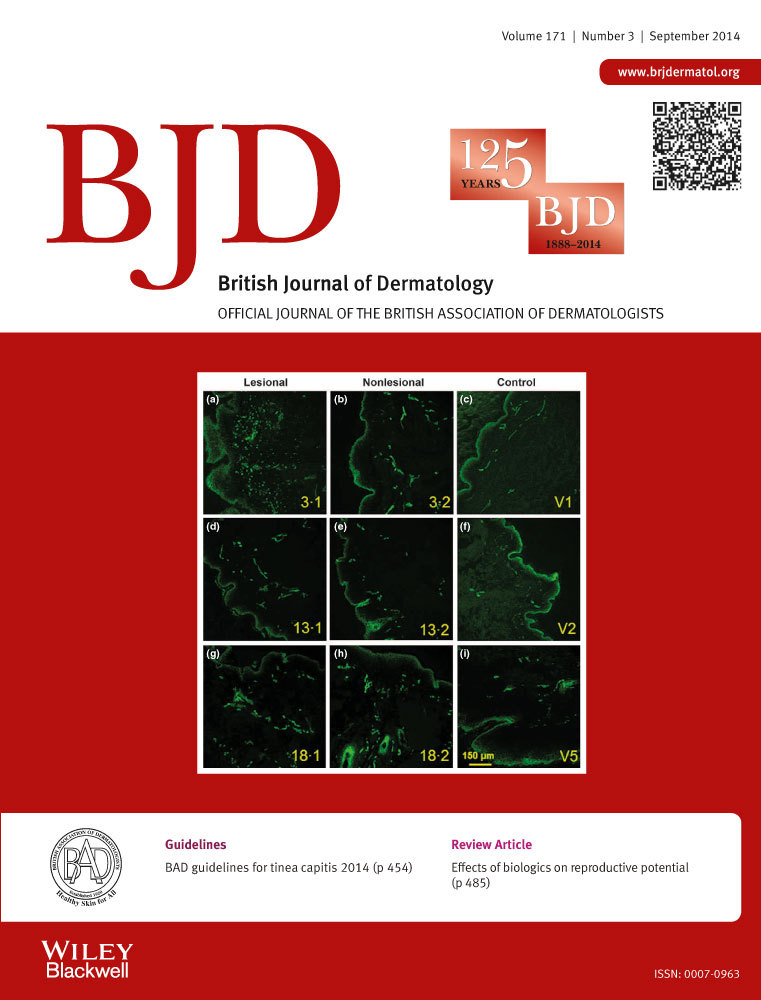Genotyping of Borrelia from formalin-fixed paraffin-embedded skin biopsies of cutaneous borreliosis and tick bite reactions by assays targeting the intergenic spacer region, ospA and ospC genes
Summary
Background
Lyme borreliosis has a broad spectrum of clinical presentations involving the skin, joints and nervous system. The variable manifestations have been attributed to different Borrelia genospecies but genotyping required culture or fresh tissue. However, in dermatology practice, formalin-fixed paraffin-embedded biopsies are used for dermatopathological examination. Polymerase chain reaction (PCR) for Borrelia burgdorferi sensu latu has been established on such specimens, but studies attempting genotyping of subspecies or strains are lacking.
Objectives
To adapt PCR assays for genotyping of Borrelia using paraffin-embedded biopsies, to identify Borrelia genospecies and to compare clinicopathological features of different genospecies.
Methods
Eighty-two paraffin-embedded biopsies from 68 patients, with erythema migrans, acrodermatitis chronica atrophicans, lymphocytoma cutis or tick bite reactions, were studied with assays targeting the intergenic spacer (IGS), ospA and ospC, followed by sequencing and phylogenetic analysis. Clinicopathological data were analysed comparing different Borrelia genospecies.
Results
Genotyping by IGS, ospA and ospC was successful in 85% of patients (91% B. afzelii, 7% B. garinii, 2% B. bavariensis). ospA serotyping identified type 2 (90%), type 3 (8%) and type 4 (2%). ospC-PCR was positive in 40% of the patients revealing 12 different groups, noninvasive forms being seen only in tick bite reactions and erythema migrans. No major clinicopathological differences could be identified between the genospecies, but neural inflammation and arthralgia were seen more often in lesions caused by invasive ospC strains.
Conclusions
Genotyping of Borrelia can be easily implemented in a routine dermatopathology setting, especially as a fast method to confirm early cutaneous borreliosis. Genotyping could also enable earlier treatment of patients infected with invasive strains.




